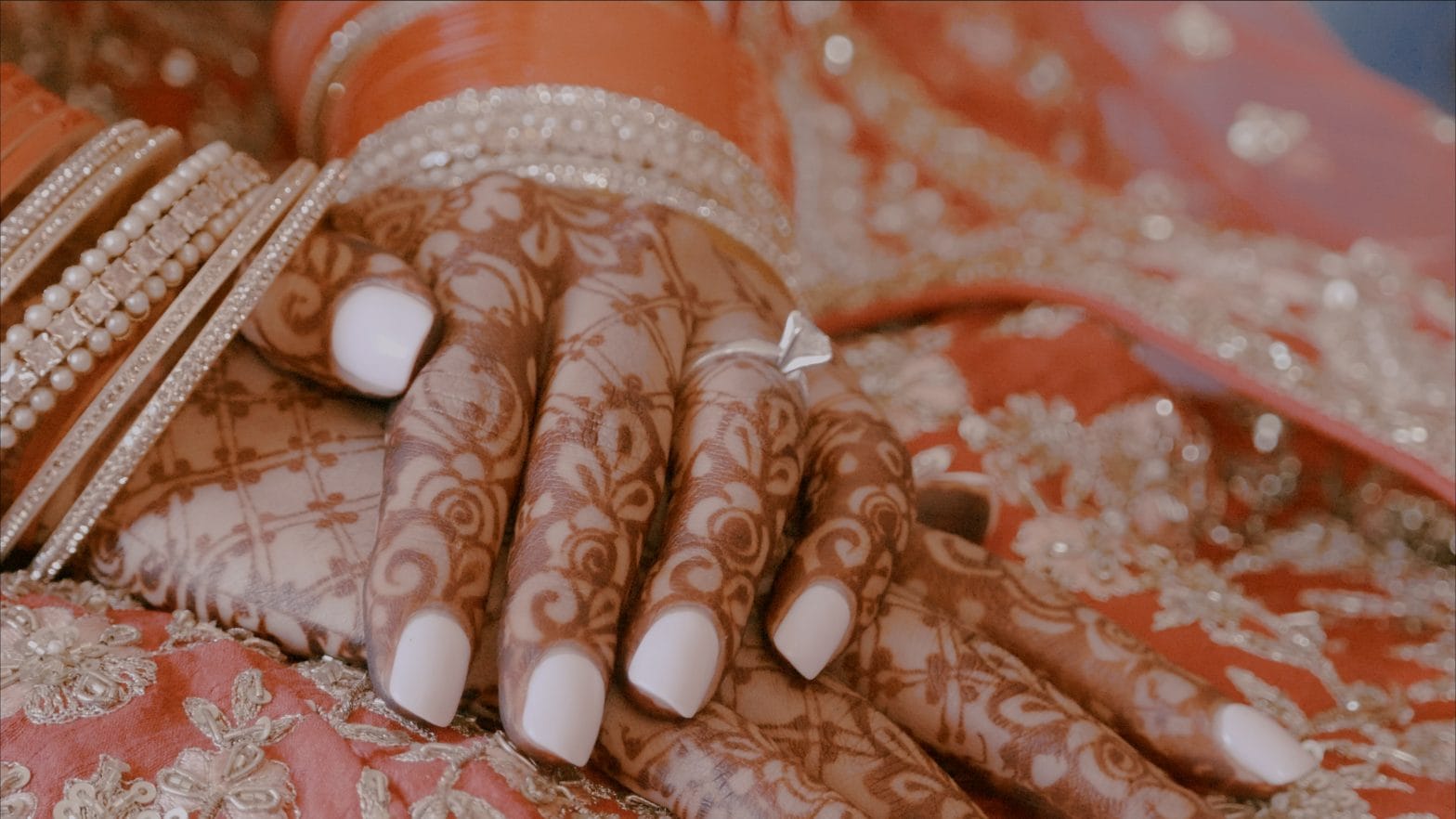Riya and Abhishek, who are set to wed in January 2025, have decided to opt for lab-grown diamond jewellery to cut their wedding expenses, with plans to invest the unused amount in gold bonds.
“Initially, we planned to buy a diamond jewellery set of around Rs 35 lakh but when we found a similar design of man-made diamond in the Rs 7.5 lakh range, we preferred the latter one. Now, we will be investing the remaining amount in Sovereign Gold Bonds,” Riya told Storyboard18.
Indians have begun embracing lab-grown diamonds during their weddings to reduce jewellery expenses. While the country’s gems and jewellery market is close to $80 billion, only 5 percent market share is in diamond jewellery.
According to Rajat Gaur, co-founder at The6C, a lab-grown diamond startup, nearly 30 percent of the Indian customers who never purchased a diamond piece are looking to buy one.
Vidita Kochar, co-founder at Jewelbox told Storyboard18 that her startup has witnessed a notable rise in the acceptance of lab-grown diamonds in the wedding jewellery market in India.
She said, “The combination of quality and cost-effectiveness is resonating well with Indians. However, widespread adoption across all wedding jewelry segments is still in progress”. The Kolkata-based jewellery brand appeared in Shark Tank Season 3 wherein Kochar secured the investment of Rs 2 crore from all five judges.
‘Lab-grown diamond demand’
Rohan and Shaily Pincha, second-generation entrepreneurs, and founders of lab-grown diamond brand Tvish said that they have made 10 engagement rings comprising lab-grown diamonds and four diamond sets for their customers during the wedding season.
Whereas Kochar said that the engagement ring collection has witnessed an overwhelmingly positive response, with customers particularly drawn to the opportunity to purchase a larger, more visually striking diamond within their budget.
During the festive season, Kochar’s JewelBox launched three new stores in Delhi, Chennai, and Guwahati. “We achieved a 300 percent increase in revenue compared to the previous year, surpassing our projections,” Kochar added.
‘Gold vs natural diamond vs lab-diamond’
The new-age entrepreneurs, who are into the lab diamond business admitted that gold’s popularity will remain unbeatable in India due to the yellow metal’s appreciating value.
“Gold will continue to be the primary choice for wedding jewellery. Diamonds may find popularity mainly in engagement rings and couple bands, but in my observation, Indian consumers haven’t yet moved beyond this trend,” Gaur said.
Pinchas also shared similar views. The brother-sister duo said, “Indian consumers will always prefer gold over any other jewellery for investment”. However, they projected a positive outlook for unnatural diamonds due to their cost-effectiveness.
Rohan Pincha explained that a 2-carat natural diamond may cost around Rs 15 lakh or so. However, a lab diamond, featuring the same colour clarity and characteristics will cost around Rs 40,000.
According to Gaur, the diamond jewellery market can double with the popularity of lab diamonds.
Notably, it takes roughly 2 months to manufacture lab-grown diamonds. “A seed takes 45 days to grow into a rough diamond. After that cutting and designing process takes another 10 days”, Shaily Pincha said.
‘Diamond depreciation’
Unlike gold, diamonds (both natural and lab-grown) are depreciating in nature.
According to Rohan Pincha, “The value of every factory-made or technology-made product will depreciate over a period of time”.
In the past couple of years, the prices of mined diamonds have crashed 30-35 percent, especially above 1 carat, making investors wary of investing in lab-grown diamond startups, Rajat said.
Further, he said that markets like the US and Europe have preferences for solitaire so the depreciation talks keep more weightage over there. In India, the diamond sizes, ranging between 0.5-1.2 carat are more popular.
Kochar anticipated that the lab-grown diamond would grow at a CAGR of 30-40 percent over the next 5-7 years, with India becoming the largest consumer of lab-grown diamonds globally.
“The LGD demand will be fueled by three factors: Growing awareness about the benefits of man-made diamonds; Shift toward more sustainable and affordable luxury, and expansion from Tier 1 cities to Tier 2 and Tier 3 cities,” she added.
